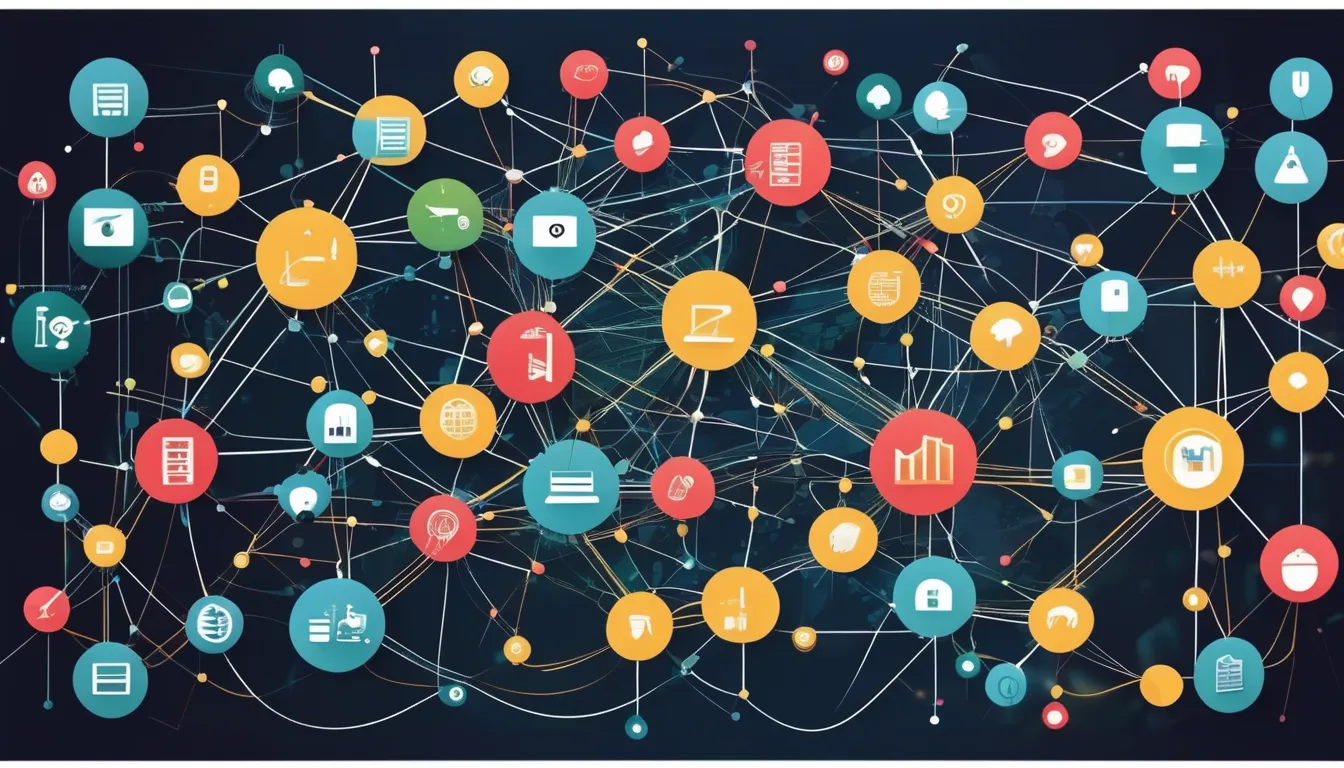
As you consider the role of technology in government, you’ll likely ask how Information and Communication Technology (ICT) can improve public service delivery. The answer lies in e-governance, which promises to bring transparency, accountability, and citizen participation to the forefront. With ICT, governments can provide 24/7 access to various services, streamlining processes and reducing paperwork. But what does it take to implement these solutions effectively, and what benefits can citizens truly expect? The intersection of ICT and government holds much promise, but it also raises important questions – questions that we’ll explore in more depth.
Benefits of E-Governance
Implementing e-governance can significantly enhance your interaction with government services. By leveraging information and communication technology (ICT), you’ll experience improved accessibility, convenience, and efficiency when dealing with government agencies. You can expect 24/7 access to various services, eliminating the need to physically visit a government office or wait in long queues.
E-governance also promotes transparency and accountability in government operations. You can easily track the status of your applications, permits, or licenses online, reducing the risk of corruption and mismanagement.
Moreover, e-governance enables you to provide feedback and participate in decision-making processes, giving you a greater sense of ownership and control over public services.
Another significant benefit of e-governance is cost savings. By reducing the need for physical infrastructure and manual processes, governments can allocate resources more effectively, resulting in lower costs for citizens.
This, in turn, can lead to better public services and improved overall quality of life. By embracing e-governance, you can expect a more responsive, efficient, and citizen-centric government.
Key ICT Components
With the benefits of e-governance established, it’s essential to examine the key ICT components that make this system work. You’ll notice that several components are critical to a successful e-governance system.
First, a robust and secure network infrastructure is required to support the system. This includes high-speed internet connectivity, reliable data centers, and secure data storage solutions.
Another crucial component is a centralized database management system. This allows you to store, manage, and retrieve large amounts of data efficiently. You’ll also need to implement an enterprise resource planning (ERP) system to manage various government functions, such as finance, human resources, and procurement.
Additionally, a web portal or online platform is necessary to provide citizens with a single point of access to government services and information. This platform should be user-friendly, accessible, and compatible with various devices.
Enhancing Public Service Delivery
Now that you’ve established a solid foundation for your e-governance system, it’s time to focus on how it can improve the way you deliver public services. You can do this by streamlining processes, reducing paperwork, and increasing transparency.
For instance, online portals can allow citizens to submit applications, track their status, and receive updates on services like passport renewals or tax returns.
You can also use data analytics to identify trends and patterns in public service delivery, enabling you to make data-driven decisions that optimize resource allocation and improve service quality.
Mobile apps can provide citizens with easy access to information and services, while also facilitating two-way communication between citizens and government agencies.
Additionally, you can use ICT to integrate different government departments and agencies, breaking down silos and enabling seamless information sharing.
This can lead to faster response times, reduced errors, and enhanced overall efficiency in public service delivery.
Challenges and Limitations
The dark side of ICT adoption in government is the numerous challenges and limitations that can hinder its effectiveness. When you implement ICT solutions in government, you’re likely to face issues like inadequate infrastructure, insufficient funding, and limited technical expertise.
These challenges can slow down or even halt the adoption process, making it difficult to achieve the desired outcomes.
You may also encounter resistance from government employees who aren’t familiar with new technologies or are hesitant to change their traditional ways of working.
Additionally, ensuring the security and integrity of sensitive data can be a significant concern, as government agencies handle large amounts of personal and confidential information.
Moreover, the complexity of government processes and systems can make it difficult to integrate ICT solutions seamlessly, leading to compatibility issues and inefficiencies.
Furthermore, you need to consider the digital divide and ensure that all citizens have equal access to ICT-enabled services, regardless of their socio-economic background or geographical location.
Future of Government ICT
How will government ICT evolve in the coming years? As governments continue to invest in digital technologies, you can expect significant advancements in the way public services are delivered.
One trend that’s likely to shape the future of government ICT is the rise of artificial intelligence (AI) and machine learning (ML). You’ll see AI-powered chatbots and virtual assistants becoming more prevalent, helping to streamline citizen interactions and free up staff to focus on more complex tasks.
Another area that’s likely to see significant growth is data analytics. As governments become more adept at collecting and analyzing data, you’ll see more in webhosting med decision-making and targeted policy interventions.
The Internet of Things (IoT) will also play a key role, with sensors and devices being used to monitor and manage infrastructure, transportation systems, and public health.
In the future, you’ll also see more emphasis on citizen-centric design and co-creation. Governments will engage with citizens to design and test new services, ensuring that they meet their needs and are user-friendly.
Conclusion
You’ve seen the benefits of e-governance in government, from increased transparency to enhanced public service delivery. Key ICT components like robust networks and secure data storage support these systems. By implementing ICT solutions, governments can streamline processes, reduce paperwork, and improve citizen experiences. As you look to the future, expect government ICT to continue evolving, addressing challenges and limitations while driving better decision-making and more efficient public services.

